Are Calico Cats Hypoallergenic? Here’s The Answer!
Are calico cats hypoallergenic? There’s no single answer to this as the calico color isn’t limited to a single breed.
If you’re asking this question, you’re probably looking for a hypoallergenic cat breed. In this post, we will answer the question and provide breed suggestions that might suit your sensitivities.
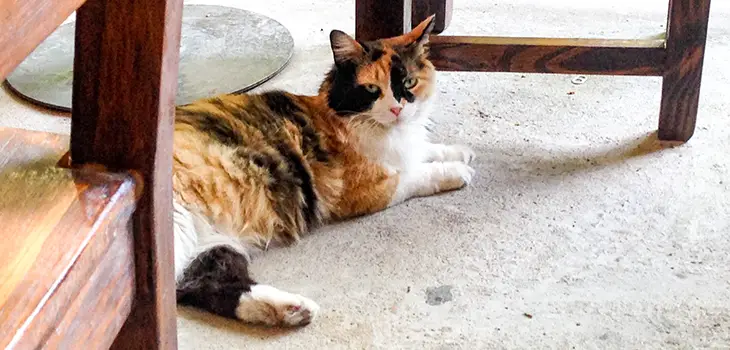
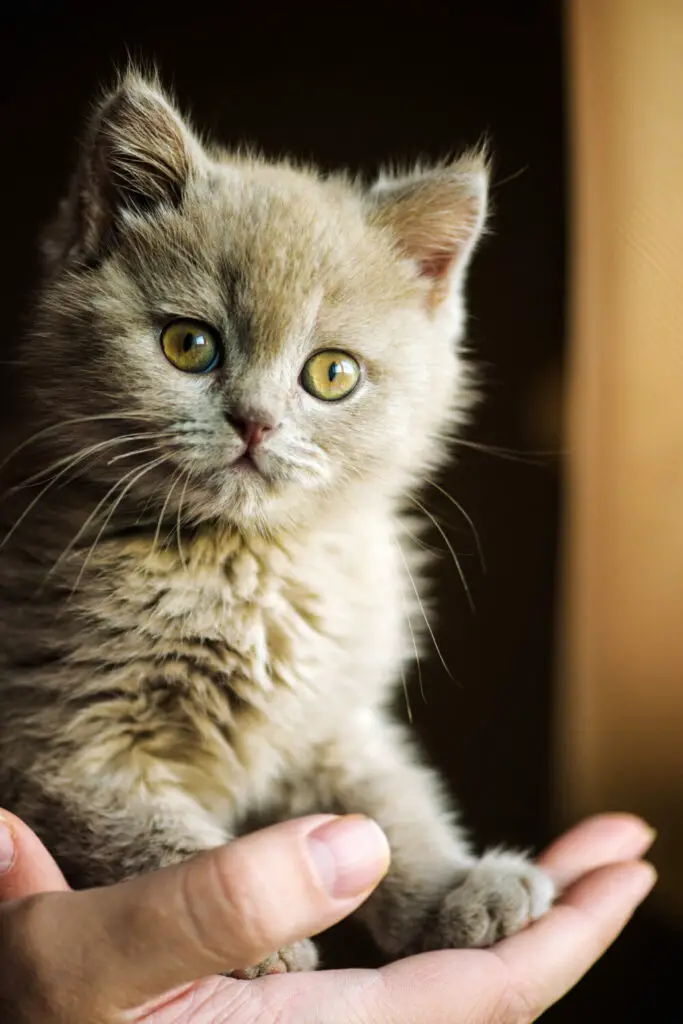
Remember that it’s important to consult your physician before getting a cat in case you’re suffering from severe allergies. In the long run, you wouldn’t want to surrender the cat to a shelter.
Read on to know more about calico cats and whether it’s a great pet for allergy sufferers.
Are calico cats ideal for allergy sufferers?
It’s important to know that no cat is 100% hypoallergenic. It’s just that some breeds produce less dander than the others.
Also, you should know that it’s not the cat’s fur that causes allergic reactions. It’s actually the dander, which is the dead skin cells animals, including cats and dogs, shed.
So just because your cat is long-haired doesn’t mean it’s more allergenic than others. This explains why Siberian cats are more hypoallergenic than their short-haired cousins.
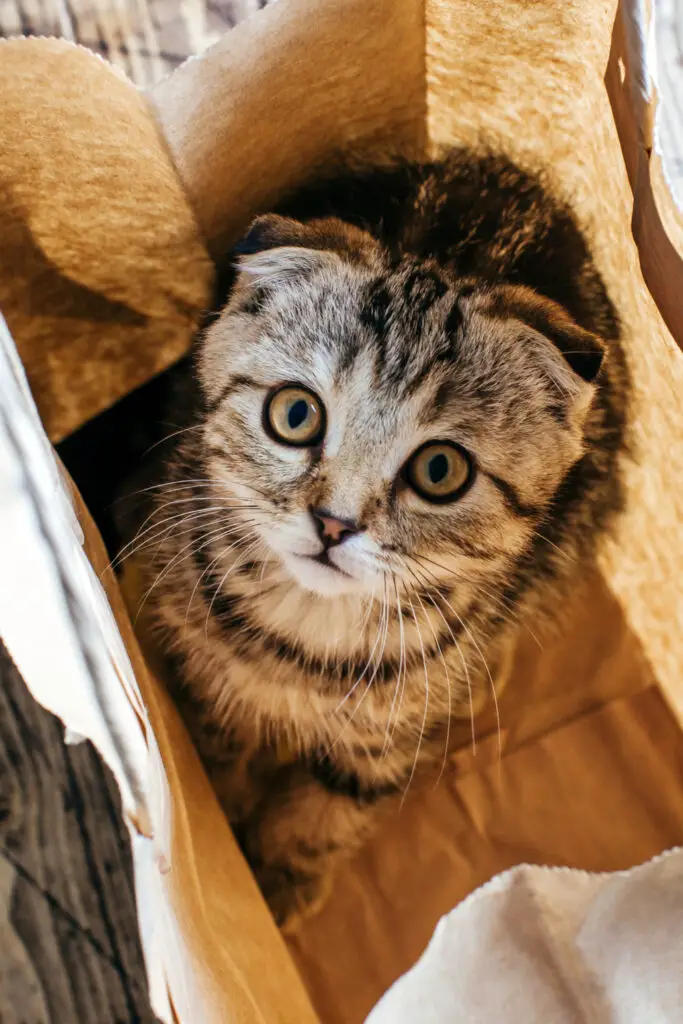
So what’s with cat dander that makes it so allergenic? Well, we have Fel d1 to blame.
Fel d1 is a protein complex found on a feline’s skin, saliva, anal glands, sebaceous glands, and fur. So once the cat sheds its dead skin cells, the Fel d1 protein, which is the allergen, spreads into your home.
Each breed has varying levels of Fel d1 production. Those dubbed as ‘hypoallergenic’ have lower production of this protein while allergenic ones have higher levels.
So do calico cats produce Fel d1? It’s both yes and no.
It’s confusing, but let me explain.
First, we have to understand that ‘calico’ isn’t a cat breed. It’s actually a coat type with a combination of three colors, usually white, black, and orange.
With this, many cat breeds are recognized to have standard calico coloration. Some of these are British Shorthair, Manx, American Shorthair, Japanese Bobtail, Siberian, and even the gigantic Norwegian Forest Cat.
Also, you should factor in the amount of dander the cat produces in relation to the level of Fel d1 present in their skin and saliva.
So to answer the question above as to whether calicos are hypoallergenic, it’s important to consider the breed. To help you out, here’s a quick rundown of some cat breeds with calico coloration and whether they are hypoallergenic or not:
- Manx – produces less Fel d1 (somewhat hypoallergenic)
- Maine Coon – produces a substantial amount of Fel d1 (not hypoallergenic)
- Norwegian Forest Cat – produces less Fel d1 (somewhat hypoallergenic)
- British Shorthair – produces less Fel d1 (somewhat hypoallergenic)
- American Shorthair – produces a substantial amount of Fel d1 (not hypoallergenic)
- Exotic Shorthair – produces a substantial amount of Fel d1 (not hypoallergenic)
- Arabian Mau – produces less dander (somewhat hypoallergenic)
- Persian Cat – produces a lot of dander (not hypoallergenic)
- Siberian Cat – produces less Fel d1 (somewhat hypoallergenic)
- Siamese Cat – produces less dander (somewhat hypoallergenic)
- Turkish Angora – produce less Fel d1 (somewhat hypoallergenic)
Again, no cat is completely hypoallergenic. So if you have severe cat allergies, a feline may not be the best choice of pet.
Tips to manage your cat allergy
Just because you have a dander allergy doesn’t mean you can’t own a cat anymore. Many cat owners are successful in managing their sensitivities, which allows them to still have a cat at home.
Here are a few steps you can take in case your choice of calico cat isn’t the most hypoallergenic:
1. Groom your cat often
Even though some calico cats produce less amount of Fel d1, they can still trigger allergies if not groomed well.
Daily brushing and monthly bathing are a good start. If you don’t have the time and energy to handle this, a professional groomer is always the best person to ask for help.
2. Feed your calico with high-quality food
Choosing high-quality food will help nourish your calico’s skin. This way, it won’t shed faster than normal.
Overall, a healthy diet is important for cats, regardless of coat color and breed.
3. Wash your hands after touching the cat
If you have a serious case of dander allergy, you should always wash your hands after petting your calico cat. This way, you won’t rub the dander to your nose or mouth.
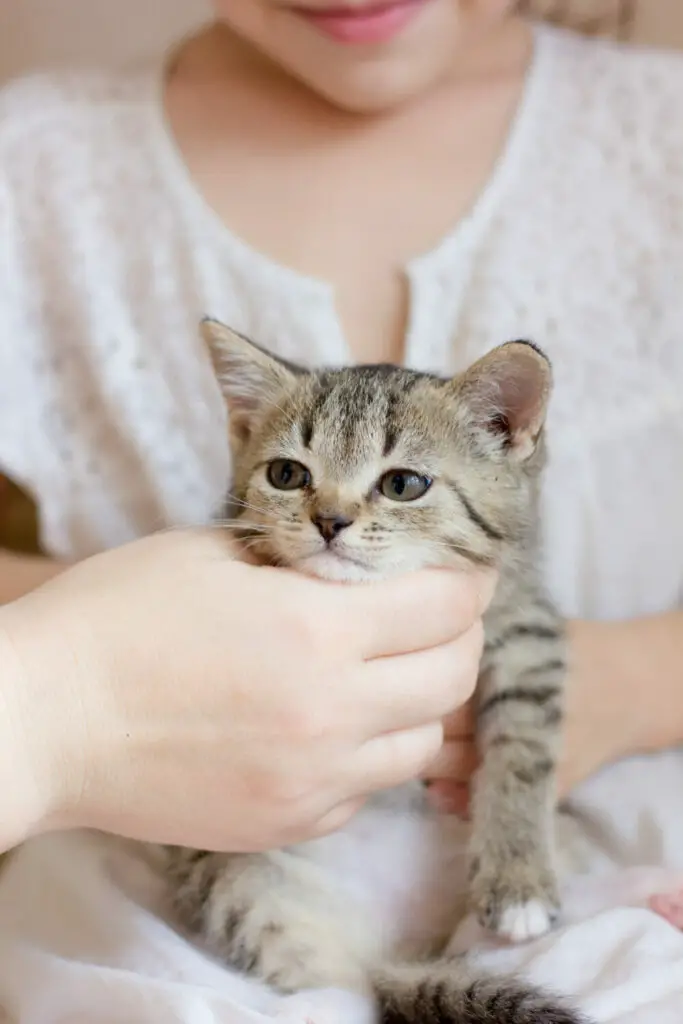
It may seem like a clean freak, but it’s a good way to prevent allergy attacks.
4. Limit your cat’s access
For those living with allergies, cats shouldn’t be allowed to access the couch or bed. This way, their dander won’t stick on areas where you usually stay.
5. Give your calico a designated area
To reduce the spread of dander in your home, you should give your calico cat its own quarters. It can be a quiet corner in your living room or a spare room in your house.
This way, the dander will be concentrated in one area. It’s much easier to clean up and you’re less likely to suffer from allergic reactions.
6. Take your medication accordingly
Aside from the points above, it’s also important to take your allergy medications as instructed by the doctor. This is actually the reason why many people with allergies still manage to raise felines.
Most of the time, a physician will prescribe antihistamines to combat your immune system’s oversensitivity. If taken with the right dosage, your medication will be the balancing act between your allergies and your cat.
What’s the best cat for people with allergies?
The choice of cat breed for those with allergies depends on what they can tolerate. But generally, the following breeds are advisable if you’re suffering from allergies and keen to have a pet cat:
- Devox Rex
- Cornish Rex
- Sphynx
- Burmese
- Javanese
- Oriental Shorthair
- Ocicat
- Russian Blue
These are just some of the breeds deemed to be allergy-friendly. However, those who are suffering from extreme sensitivity can still be triggered by any cat.
Do calico cats have health problems?
Most calico cats are just as healthy as other domesticated felines. Some could be born with defects while most grow to be normal and healthy pets.
However, male calicos, which are extremely rare, tend to have more health problems than females. Also, male calicos have shorter lifespans due to Klinefelter Syndrome.
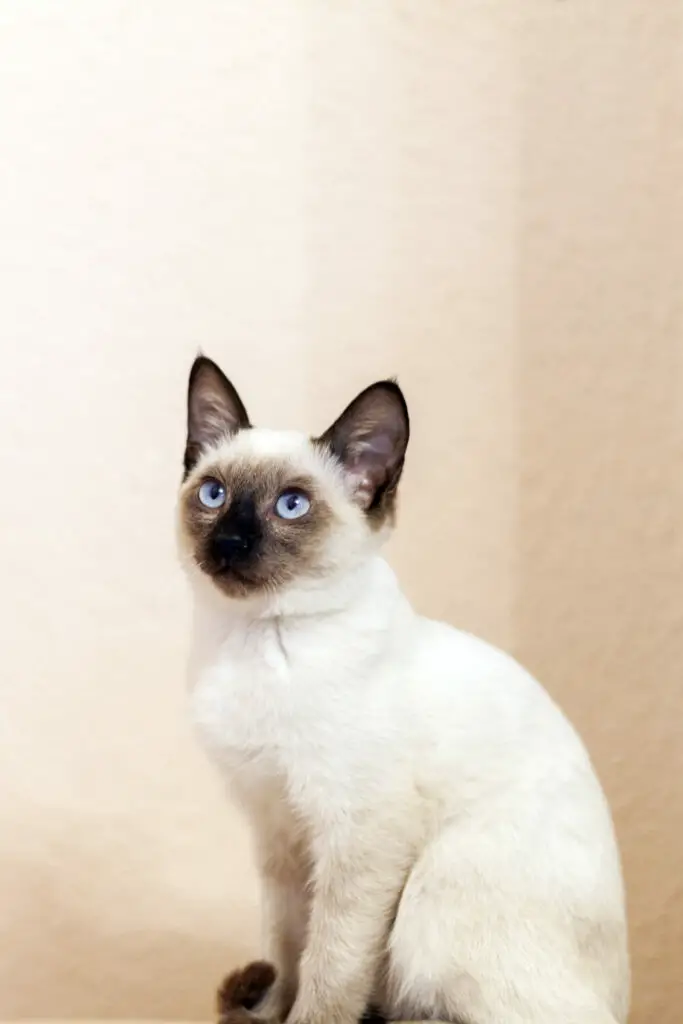
The Klinefelter Syndrome occurs when a cat has two X chromosomes, resulting in the XXY profile. This happens among male calicos, which makes them prone to diabetes, orthopedic problems, and other life-threatening conditions.
How much does a calico cat cost?
Most calico cats across breeds cost around $400 to $3,000. The exact breed of the kitty will pretty much dictate how expensive it will be.
The good news is that you can usually find a calico in rescue shelters or city pounds. If you want to save up and still get a beautiful pet, you should consider visiting a few shelters first.
Are calico cats rare?
Male calico cats are rare since most felines with this coat pattern are female. However, it’s also important to know that male calicos are often inundated with health problems.
But overall, calicos aren’t really rare. One or more can be born within a litter if the parents have a combination of white, orange, black, or gray colors.
Also, it’s important to know that calicos aren’t the same as tortoiseshell. The latter only bears orange and black colors, which is often in a mottled pattern.
Are calicos friendly?
Again, the answer to this depends on the specific breed of the calico cat. Coat color and pattern alone won’t indicate a feline’s temperament.
If you want a friendly calico cat, you should consider one from breeds like Manx, Siberian Cat, and Exotic Shorthair, among others.
Conclusion
Are calico cats hypoallergenic? The answer to this depends on the breed, but it’s important to understand that no cat is absolutely hypoallergenic.
Aside from choosing the right breed, it will also help to balance it with the right allergy medications. Through this, you can still raise a kitty without risking your health.
